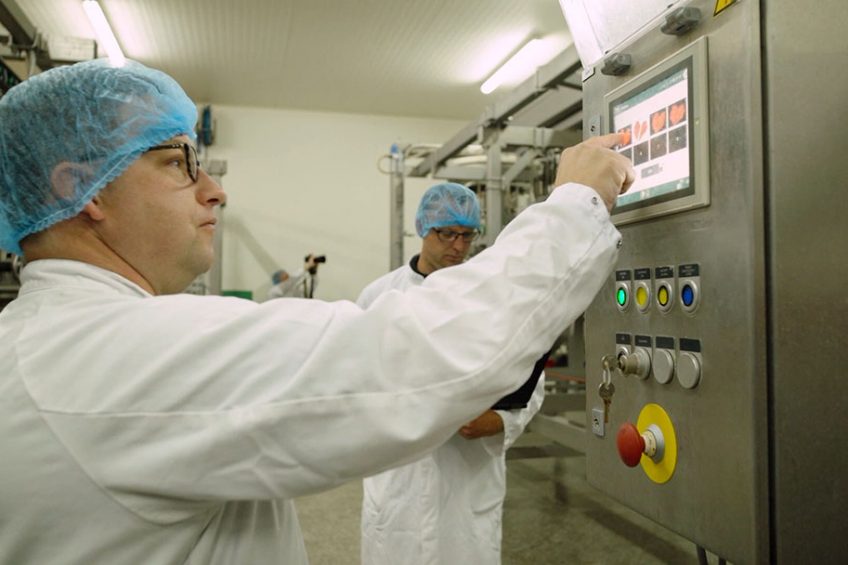Riding the waves of Covid-19

We all expected 2020 to run smoothly with an annual 2% growth rate in the poultry industry. The reality, however, turned out to be rather different. Although poultry processors still sail the same waters as before, the waves have become increasingly choppy.
According to Paul Aho, president of the consultancy Poultry Perspective, the rapid pace being forced by Covid-19 means that changes that under normal circumstances might have taken a decade to occur, will now take just a couple of years. Philip Wilkinson, executive director of the 2 Sisters Food Group, says that the global poultry trade will not just suddenly snap back to normal again when the disease is under control.
A return to some degree of normality is not likely to be seen until 2022-2023 and even then, the pandemic waves and outbreaks will continue to drive the significant changes we are already seeing in:
- Broiler supply – weight range and prices
- Market demand – order quantity, delivery times and desired product mix
- Labour – availability, working conditions and cost
- Logistics – growing concern about traceability and reduced transport options.
The last report issued by the Global Agricultural Information Network (GAIN) and the United States Department of Agriculture (USDA) confirmed these rapid changes. In most countries poultry processors have had to switch from delivering high-value product sales to hotels, restaurants, and institutional cafeterias (HRI), to increased delivery to the retail sector. In Canada, the US and Europe, the Covid-19 pandemic led to ‘panic buying’ of groceries to stockpile food against possible future food shortages, as well as the closure of many restaurants. Chicken flocks that needed to be kept in a barn longer due to transport restrictions, forced processors to adapt to a higher weight range and increase their frozen stock. The cancellation of big sporting events like the Super Bowl this year, caused a major drop in the demand for chicken wings.

Flexibility appears to be key
In these stormy waters, flexibility is the key if poultry processors are to ride the waves of Covid-19. Osler Desouzart, COE of OD Consulting, Market Planning & Strategy, noted that the changes that were quickly implemented in the Brazilian poultry industry saved a plant from shutting its doors. It is no longer simply a matter of being able to respond but also implementing the changes rapidly. Meyn, a multinational poultry processing technology specialist for over 60 years, has focused on flexibility for several decades already. For generations it is what our solutions have been known for.
Meyn’s recently launched products reflect this. The award-winning Meyn Rapid Plus is a breast deboning solution that offers full flexibility because of its capability to process both breast caps and front halves into high-quality fillets, tenders, and by-products. Adjusting to a different weight range and switching between breast caps and front halves requires only the simple press of a button. Automatic breast deboning can save 30 FTE or more in manpower, creating more flexibility and reducing costs.

This is how quick and easy a tweak in the processing line should be. In production the trend is towards automation and digitization. A constant and growing concern for consumers is traceability. A focus on the total process will create additional gains. Meyn provides a wide range of weighers, sorters and re-hangers all linked to Meyn Connect software to distribute broilers either to whole bird packaging or, further upstream, to the Physic cut-up line. Meyn Connect supports matching the flock entering the plant with the desired product mix.
Light on the horizon
While Covid-19 is expected to cause disruption for at least another 12 months, the chicken industry is expected to continue growing, even if this year is likely to see zero growth. Companies may be looking more to their home markets, but global trade is still expected to absorb approximately 12% of production. Those processors that play it smart, may not only keep ahead when riding the waves of Covid-19, but be able to catch a few big hits as well.
Author: Willem Heemskerk, poultry processing researcher Meyn
Join 31,000+ subscribers
Subscribe to our newsletter to stay updated about all the need-to-know content in the poultry sector, three times a week. Beheer
Beheer











 WP Admin
WP Admin  Bewerk bericht
Bewerk bericht